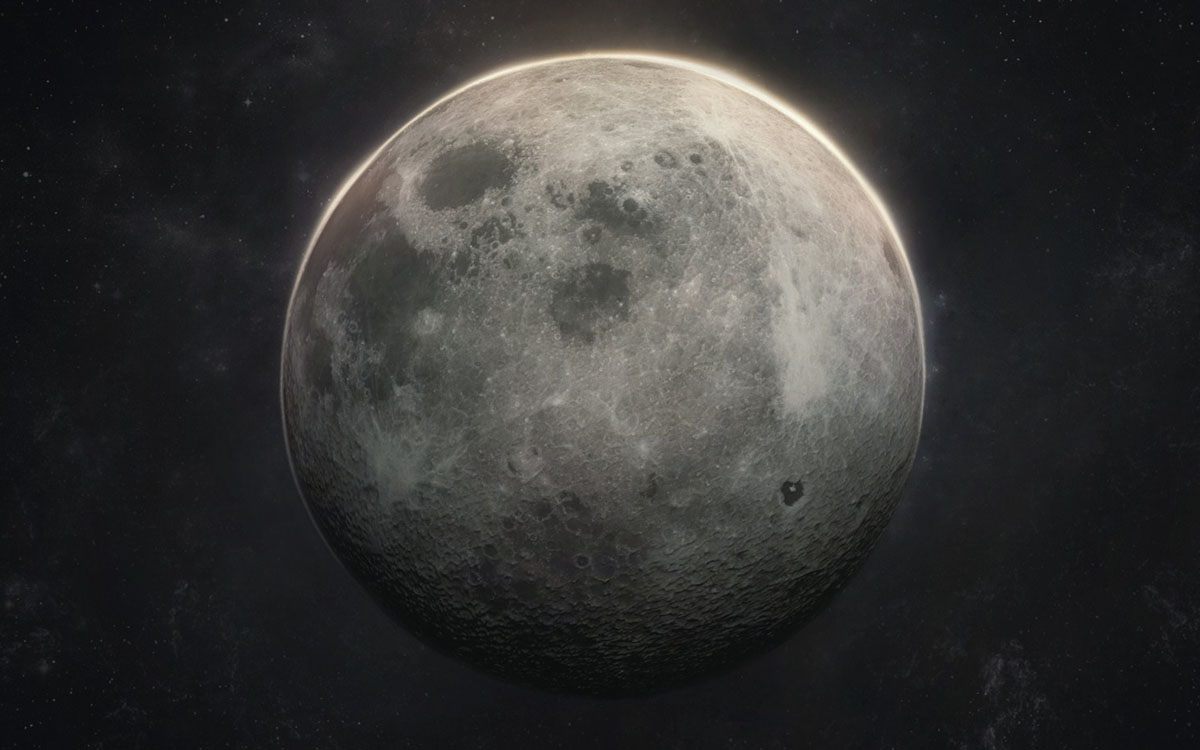welcome to tranquility national park?

Space tourism might just be making its baby steps as an industry, but as space travel will get cheaper and it will take more than just a quick flight above the Karman Line to draw in people looking for an out of this world experience, some scientists are thinking about how to preserve potential space tourist hot spots. The first place they have in mind? Apollo 11’s landing site, the spot where humans took their first step on alien soil. To them, it’s a place that has to be protected lest we start seeing online auctions for genuine pieces of the lunar lander or equipment for scientific experiments brought back by profit-minded tourists by the end of the century.
Selling artifacts with significant historical value is big business which is ripe with potential for fraud because plenty of people want to own a piece of the past and are willing to pay a lot of money for it. The temptation for multi-million dollar paydays might be too much to resist for someone taking a trip to the Sea of Tranquility and without a proper legal framework, the artifact thief might get away with cashing in on one of the most profound moments in human history. And the same threat applies to any manned and robotic lunar missions. In order to preserve these historic sites as they are today, some archeologists and anthropologists have been floating the idea of creating national parks on the Moon’s surface.
While the parks wouldn’t necessarily prevent artifact theft, they would provide a means of deterring a would-be history salesman and the legal right to prosecute him if he does try to sell an abandoned flag or moon boot he picked up during a lunar vacation. But there’s a slight snag with this idea. According to the Outer Space Treaty of 1967, it would be illegal for any space faring nation to stake a claim on any part of the Moon. To protect any area of the lunar surface would take coordinated international action and a judicial body that could enforce the laws. And should one nation decide to look the other way in a particular case, a violation could go unpunished due to the complexities of jurisdictions and extradition treaties. Protecting historical space sites from a future tourist invasion is much easier said than done.
Of course, we need to keep in mind that it would be very difficult to bring back anything sizeable from another world without it being noticed. With loads calibrated to the kilogram and space at a major premium, getting an artifact from the Moon to the Earth is no easy task and requires more than one or two complicit parties. Since fully fledged lunar vacations will have to be very expensive and tightly controlled, it would be pretty easy to trace a historical artifact on any market to a likely suspect. Protecting the integrity of historical and important places in outer space from overzealous and opportunistic tourists is an important task for the future and we need to keep it in mind as the space tourism industry ramps up. However, there may be simpler ways to do it than to start creating extraterrestrial parks and protected areas which will require international attention and efforts to adopt and enforce.





